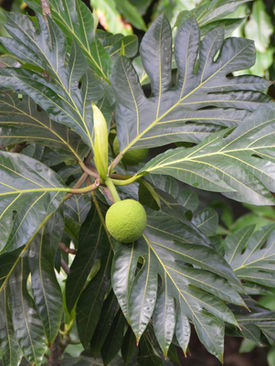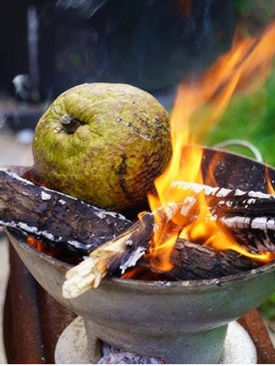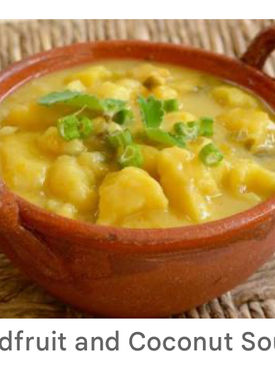Portland, Jamaica:
The Land of Breadfruit
Tucked away on the northeastern coast of Jamaica, bordered by the lush Blue Mountains and the shimmering Caribbean Sea, lies Portland—a parish renowned not just for its natural beauty but also for its deep cultural roots and agricultural abundance. Often overshadowed by the more commercialized regions of the island, Portland is a hidden gem that has retained much of its natural charm and traditional values. Among its many symbols of identity, one fruit rises above the rest in cultural and historical importance: the breadfruit. This essay explores why Portland, Jamaica, deserves the title “The Land of Breadfruit”—tracing its history, agricultural significance, cultural relevance, culinary uses, and the role it plays in shaping the local identity and economy.
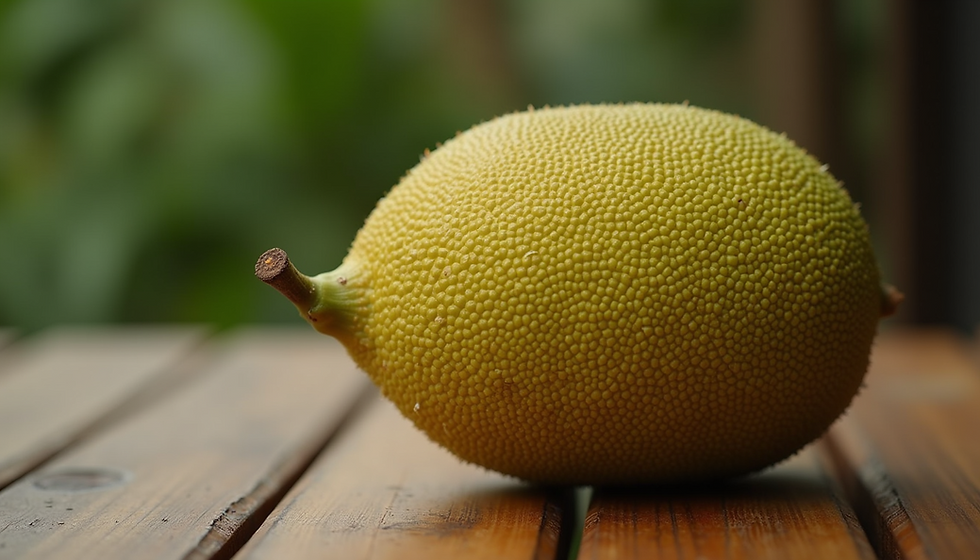
A Glimpse into Portland’s Geography and History
Portland is one of Jamaica’s most fertile and verdant parishes, thanks to its high annual rainfall and rich volcanic soil. The parish spans both rugged mountain terrain and pristine coastal areas, with rivers, waterfalls, and deep valleys cutting through dense rainforests. Its capital, Port Antonio, was once a favorite retreat of Hollywood elites in the early 20th century, and it remains a picturesque town steeped in history.
Originally inhabited by the Taino people, Portland’s modern identity began to take shape during colonial times when it became a center for agriculture and trade. Today, Portland is known for its slow pace, ecological richness, and the quiet resilience of its people. Despite Jamaica’s modernization, Portland has held onto its agricultural heritage, and no plant embodies this better than the breadfruit tree.
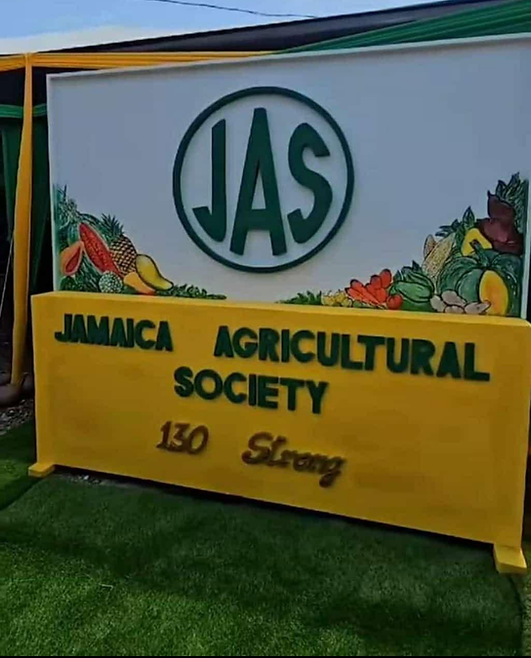
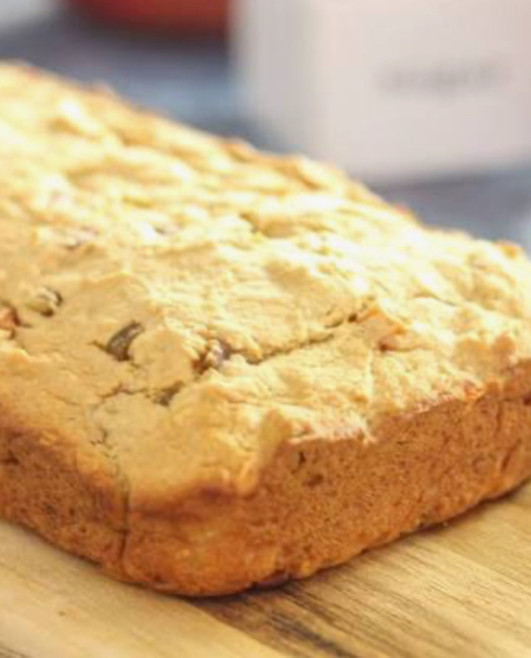
Breadfruit:
A Symbol of Resistance and Sustainability
Breadfruit (Artocarpus altilis) is a starchy, round fruit native to the Pacific Islands but introduced to the Caribbean in the 18th century by British colonists. The most famous historical event tied to breadfruit’s arrival in Jamaica was the voyage of the HMS Bounty, commanded by Captain William Bligh, who brought the fruit to the island in 1793 in an effort to provide cheap food for enslaved Africans on the plantations.
However, the story of breadfruit in Jamaica—especially in Portland—transcended its colonial intentions. While it was initially resisted by the enslaved population who viewed it as forced sustenance, breadfruit eventually gained acceptance. Over time, it became a staple of Jamaican cuisine and a proud symbol of Afro-Caribbean survival and adaptation. Portland, with its suitable climate and rich soil, became one of the most productive regions for growing breadfruit trees, and these trees still dot the parish’s landscapes, often growing wild in backyards and roadside plots.

Agricultural Importance in Portland
Breadfruit is uniquely suited to Portland’s humid, tropical climate. Unlike many commercial crops that require intensive labor or synthetic chemicals, breadfruit trees are relatively low-maintenance. Once planted, they can produce for over 50 years, yielding hundreds of pounds of fruit annually. This makes them not just sustainable but incredibly reliable—a crucial trait in a region where food security is a continuing concern.
In many Portland communities, breadfruit is a go-to crop. Farmers grow it not only for personal consumption but also for sale in local markets or regional trade. Portland’s breadfruit is considered among the best in Jamaica for its size, texture, and flavor. Certain varieties, like “yellow heart” and “white heart,” are especially prized. In recent years, with the growing global interest in sustainable agriculture and superfoods, breadfruit has seen renewed attention as a climate-resilient crop, and Portland is well-positioned to be a leader in this movement.
Gallery
Cultural Relevance and Folklore
Beyond its nutritional and economic value, breadfruit has deep cultural roots in Portland. It features prominently in local folklore, songs, and storytelling traditions. In many rural communities, the breadfruit tree is seen as a “family tree” of sorts—planted by a grandparent or great-grandparent and still feeding generations today. Some even say that a home isn’t truly complete in Portland without a breadfruit tree in the yard.
Folkloric expressions and proverbs about breadfruit abound. For instance, the saying “A nuh every breadfruit fi roast” can be interpreted to mean not everything is fit for the same purpose or situation. The tree has come to represent endurance, family, and community—its roots firmly planted in Portland’s soil and its branches sheltering both people and birds alike.
In Rastafarian communities throughout the parish, breadfruit is especially respected for its natural, unprocessed quality. Considered “ital” (natural and pure), it is an important food in the Rastafarian diet and is often cooked over open fires, invoking ancestral practices and communal living.
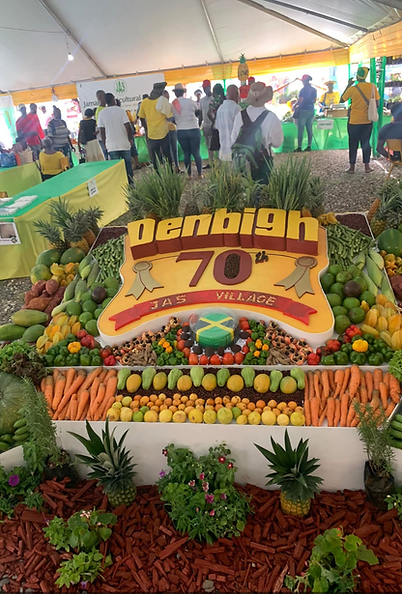

Culinary Diversity:
From Roast to Rundown
The culinary potential of breadfruit in Portland is both rich and diverse. While “roast breadfruit and saltfish” is perhaps the most iconic Jamaican pairing, Portland locals take it even further. Breadfruit is boiled, fried, mashed, curried, turned into chips, and even used to make flour. It’s served for breakfast, lunch, and dinner.
In Portland’s small towns and villages, it’s common to see someone roasting breadfruit in an open fire, peeling away the charred skin to reveal the soft, steamy flesh inside. This is often served with ackee, callaloo, or mackerel rundown. In more experimental kitchens and eco-lodges across Portland, chefs are incorporating breadfruit into international dishes—making breadfruit lasagna, breadfruit tacos, and even breadfruit cheesecake.
What sets Portland apart is not just the variety of preparation but the reverence with which breadfruit is treated. It’s not simply food; it’s part of a cultural ritual. Family gatherings, Sunday dinners, and village festivals all center around breadfruit-based meals. It brings people together in a way few foods can.
Economic Potential and Agro-Tourism
In recent years, Portland’s identity as “The Land of Breadfruit” has taken on new meaning in economic development and tourism. With eco-tourism and culinary tourism on the rise, breadfruit has become a symbol that draws in visitors looking for authentic, immersive experiences.
Farm tours, where visitors walk through groves of towering breadfruit trees, are becoming more popular. Guests learn about the tree’s history, how to harvest and prepare it, and even get to taste various traditional dishes. These experiences provide income for small farmers, many of whom have lived off the land for generations. It also encourages sustainable tourism—offering something real and rooted rather than curated and commercial.
There are also growing discussions about developing breadfruit-based products for export: breadfruit flour, snacks, and even fermented beverages. Local entrepreneurs in Portland are beginning to see the fruit not just as a heritage crop, but as an economic engine. This shift has the potential to transform rural communities by providing jobs and promoting local pride.
Breadfruit in the Jamaican Diaspora
Many Portland natives living abroad maintain a strong attachment to breadfruit. Stories abound of people returning home from the U.S., U.K., or Canada and immediately asking for roast breadfruit upon arrival. Some even bring dried or frozen breadfruit back with them—so strong is the connection.
In diaspora communities, breadfruit is often a marker of identity. In places like Brooklyn, Toronto, or London, Caribbean groceries sell breadfruit at high prices, and it’s treated as a delicacy. For many, it evokes memories of Portland, of youth, and of family.
The fact that Portland is so strongly associated with breadfruit adds to the parish’s reputation for authenticity and cultural richness. While other parts of Jamaica might be known for beaches or nightlife, Portland is known for nourishment—both literal and spiritual.
Preserving Breadfruit Heritage for Future Generations
With climate change and urbanization posing new challenges, there is growing concern about preserving breadfruit heritage in Portland. Deforestation, hurricanes, and shifts in land use threaten the future of traditional breadfruit groves. Moreover, as younger generations migrate to cities or abroad, there’s a risk that the knowledge of how to plant, care for, and cook breadfruit could be lost.
Efforts are underway to counter these risks. Agricultural organizations, local schools, and NGOs are beginning to include breadfruit cultivation in their education and community outreach programs. Some schools in Portland now have breadfruit trees planted by students, combining environmental education with cultural preservation. Festivals that celebrate traditional foods are also helping to renew interest in heritage crops.
In this way, Portland is not only sustaining its past but investing in its future—using breadfruit as a vehicle for education, community cohesion, and environmental stewardship.

Conclusion:
A Tree of Life and Identity
Portland, Jamaica, has every right to be called “The Land of Breadfruit.” The tree is more than a plant—it is a symbol of resilience, nourishment, culture, and community. It grows where other crops might fail, it feeds without much demand, and it weaves itself into the very fabric of Portland’s identity.
From its colonial history to its place in modern agro-tourism and culinary innovation, breadfruit tells the story of Portland: a story of survival, adaptation, creativity, and pride. In a rapidly changing world, Portland’s deep connection to this humble fruit reminds us that true wealth is not always measured in dollars, but in roots, memories, and meals shared under the shade of a breadfruit tree.
As Portland continues to grow and evolve, its identity as the land of breadfruit remains a powerful reminder of what it means to be connected to place, to people, and to the earth itself.







